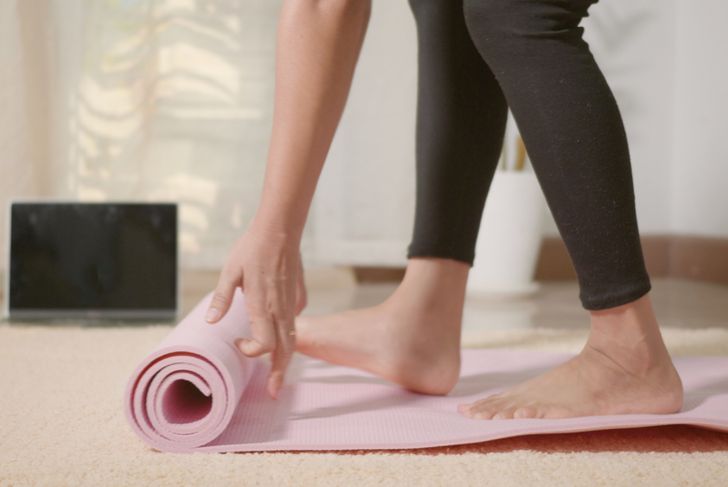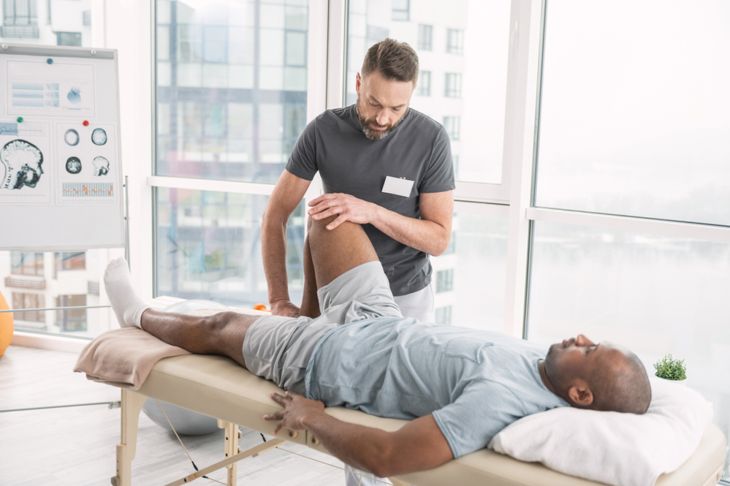Have you ever gone jogging and felt a burning sensation in your leg muscles? Or been doing bicep curls and felt an intense burning and fatigue in the arm? These sensations come from a buildup of compounds in the muscles — what some people call lactic acid. But is this byproduct really the villain so many people think it is?
What is Lactic Acid?
Actually, your body can’t produce lactic acid — it’s found in fermented foods. What is actually produced during a workout is lactate, which is one hydrogen atom shy of lactic acid. It comes from the carbs you consumed before you started exercising, and is created when your body begins to burn these carbs for energy.
How Does Lactate Develop in the Body?
Lactate (also known incorrectly as lactic acid) is a by-product of intense exercise. If the body isn’t getting the oxygen it needs to do aerobic exercise efficiently, a metabolized version of glucose, which comes from carbs, is turned into lactate. Lactate lets the body keep making energy, but it also builds up beyond what the body can use.
Does Lactate or Lactic Acid Cause AOMS?
AOMS stands for acute-onset muscle soreness, and it’s that burning ache you sometimes feel in your muscles when you’ve worked too hard. But it’s not caused by lactate directly. Yes, lactate is building up in the muscles, but it’s the hydrogen released during a different chemical process that combines with the lactate. Remember lactate is one hydrogen atom shy of lactic acid? When these by-products get together, the tissue becomes too acidic. This causes the burn.
Should You Push Through the Pain?
It’s important to understand the difference between discomfort or “soreness” and “pain” when doing any kind of physical activity. You can work through some soreness, which is often microtears in the tissue that are necessary for building muscle; as the body repairs these tears, it recognizes that it will need to make the muscle stronger, so it doesn’t tear next time.You shouldn’t work through pain. Often, pain is your body’s way of letting you know you’ve pushed a muscle, tendon, or ligament past its available range of motion or flexibility, and if you go any further, you’re going to injure yourself.
Other Workout-Related Pain: DOMS
Delayed-onset muscle soreness or DOMS is normal. It develops after you’ve started a new exercise or restarted something you haven’t done in a while. It’s the cause of the ache we often feel up to 48 hours later. The more you do that new exercise, the less time DOMS will last.
Does Lactate or Lactic Acid Cause DOMS?
DOMS is not caused by hydrogen or lactate or lactic acid buildup, though many people think it is. Hydrogen combined with lactate causes the burning sensation you might feel, but as soon as the body has enough oxygen again, the body can filter out lactate and other byproducts fairly quickly. Essentially, lactate acts as a warning system telling us to back off so it can get enough oxygen again.
Should You Workout When You’re Still Sore?
Working through DOMS is an individual decision. Consider doing an upper body workout if your lower body is sore from running, or do strength instead of cardio that day — or vice versa. Ultimately, listen to your body. Most of us can tell whether we’re just achy because we had a good, challenging workout, or if we’re actually in pain and need to take it easy for a few days.
Can You Help Get Rid of Lactate?
Just like the liver is capable of detoxing itself without juice cleanses, the body is very good at removing lactate from the system once the extreme intensity of the exercise is over. But a cool down after your workout is still vital.Remember the hydrogen that caused the acidity and muscle burn? Your cool down will increase circulation and decrease this acidity. Ten minutes of low-intensity exercise like walking or using a stationary bike will help return your body to balance after your workout.
Can You Prevent Lactate Buildup?
The amount of lactate that can build up in your body is directly related to the intensity of your exercise. Doing intense exercise sometimes is good for you — assuming you’re a fit, healthy person in general — but if you wanted to avoid lactate buildup for some reason, you could avoid intense exercise.
When It’s More Than Lactate
Anyone participating in a fitness regimen should be able to tell the difference between soreness and pain.If you are jogging and your ankle or knee begins to ache — the joint itself — you should back off. You may need better shoes or to work up to this intensity more gradually.Tendinitis can develop during exercise and the pain can be hard to tell apart from joint-specific pain. The tendon is irritated and inflamed, so it’s still best to stop or ease back on the exercises causing the pain.Shooting pain along the bone could be a stress fracture, and cartilage can also become irritated. Listen to your body. Stop if an exercise is actually hurting you, and consider seeing a medical practitioner to find out what to do next.

 Home
Home Health
Health Diet & Nutrition
Diet & Nutrition Living Well
Living Well More
More




















